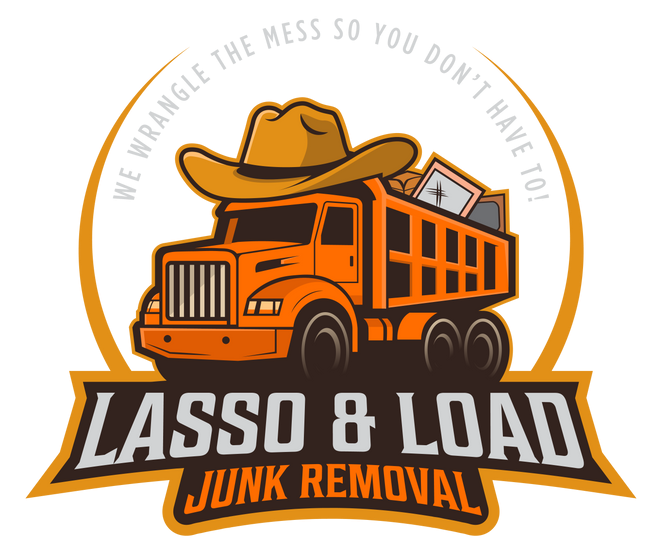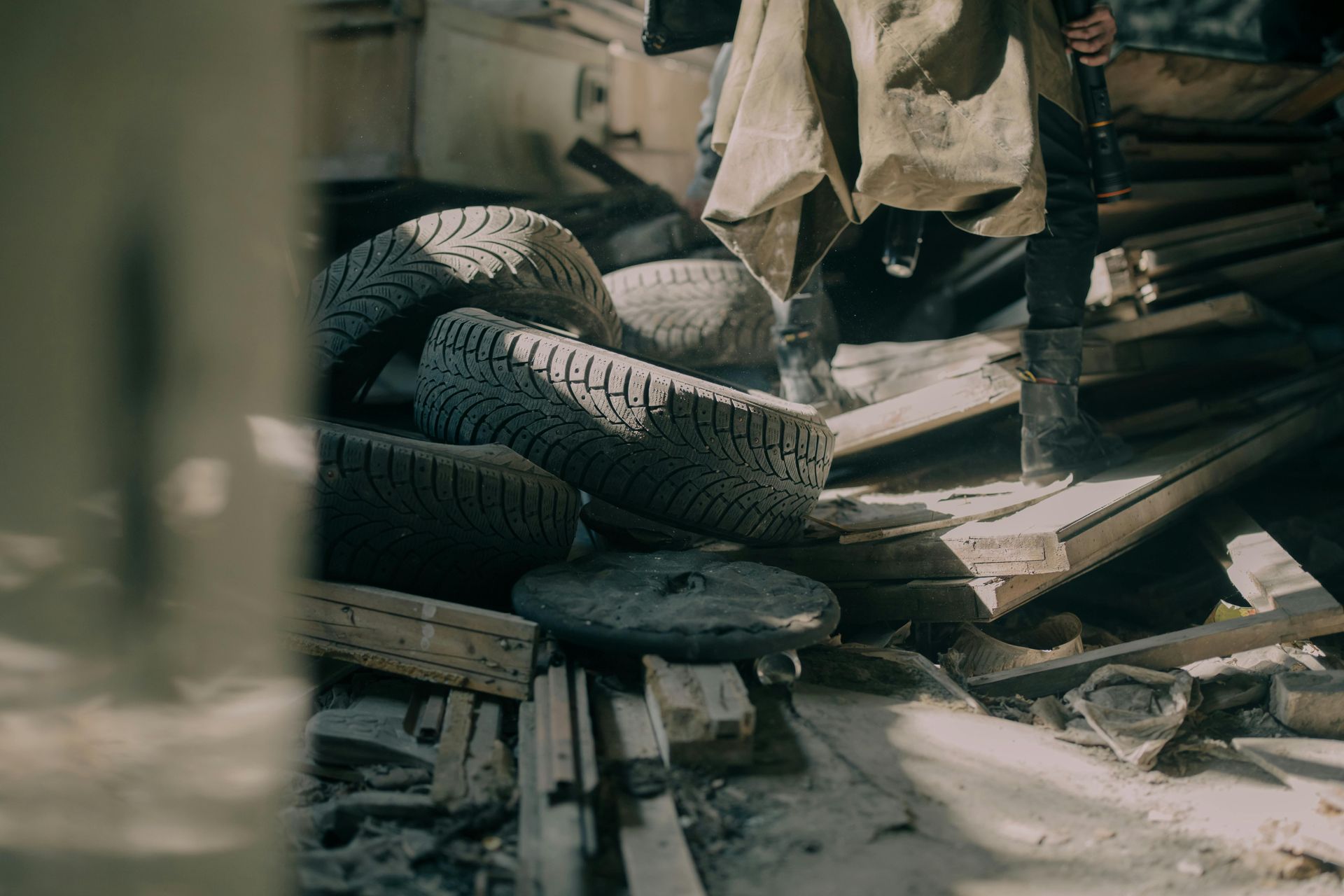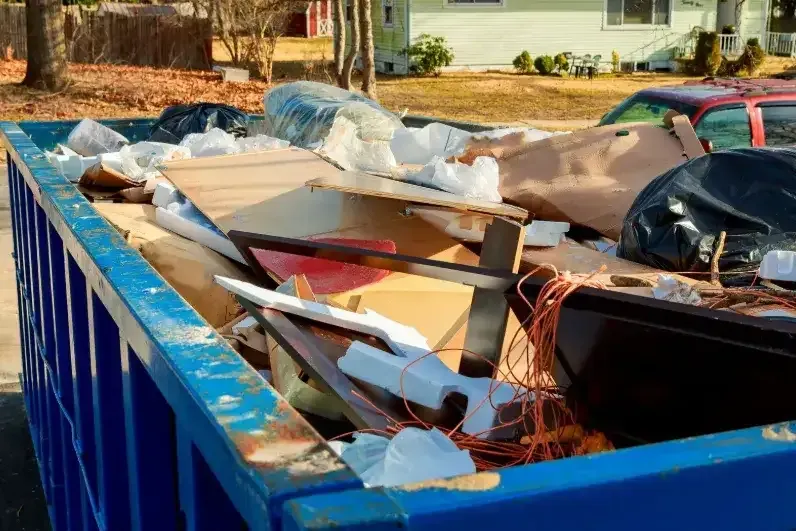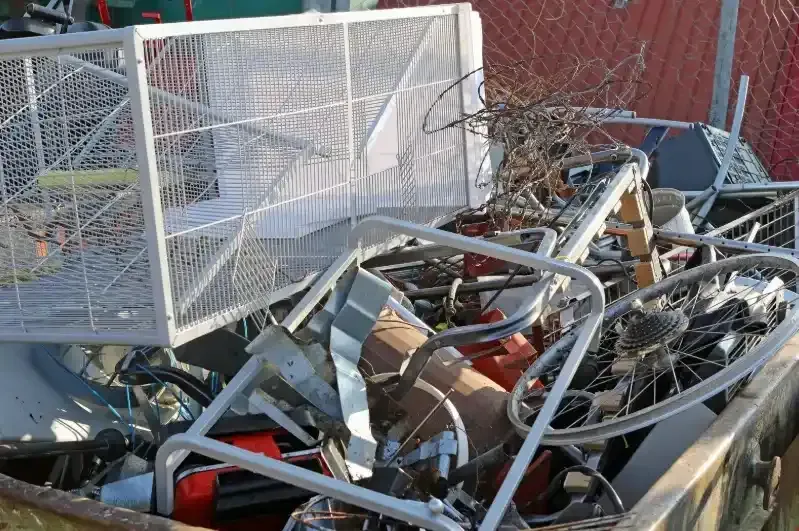How Flooring Removal Prepares Your Home for New Finishes
Flooring plays an essential role in shaping the overall aesthetics and functionality of your home. Whether you are planning to replace your current flooring with something more stylish or durable or are undergoing a full renovation, the process of flooring removal is an important first step that sets the foundation for the new finishes. The right flooring removal process not only ensures that your new floors will be installed smoothly but also helps to address underlying issues that might affect your home’s value and safety.
This guide will explore why flooring removal is necessary, the benefits it provides, and how to ensure the job is done efficiently and safely. We’ll dive into the different types of flooring materials, the steps involved in removing them, and why it's crucial to choose a professional service for the task. Whether you are considering hardwood, laminate, tile, or carpet removal, this article will provide the insights you need to prepare your home for a stunning new finish.
The Importance of Proper Flooring Removal
When it comes to home renovation, flooring removal is a crucial first step that goes beyond simply clearing space for new materials. Proper flooring removal is essential to prepare the subfloor for a smooth, stable, and long-lasting finish. For instance, removing old carpets or other floor coverings can reveal hidden issues like water damage, mold, or pest infestations that may have been lurking beneath. These problems need to be addressed before new floors can be installed to avoid creating conditions that could affect the performance and longevity of the new material.
In addition to uncovering hidden damage, flooring removal prevents debris, nails, adhesives, or staples from interfering with the new flooring. Leftover material from the old floor can cause uneven surfaces or lead to poor alignment, which can result in costly repairs or premature wear. By ensuring that the foundation is thoroughly cleaned and repaired before installing new flooring, you not only increase the aesthetic appeal of your home but also improve the stability and durability of the new floors, making it a worthwhile investment in the long run.
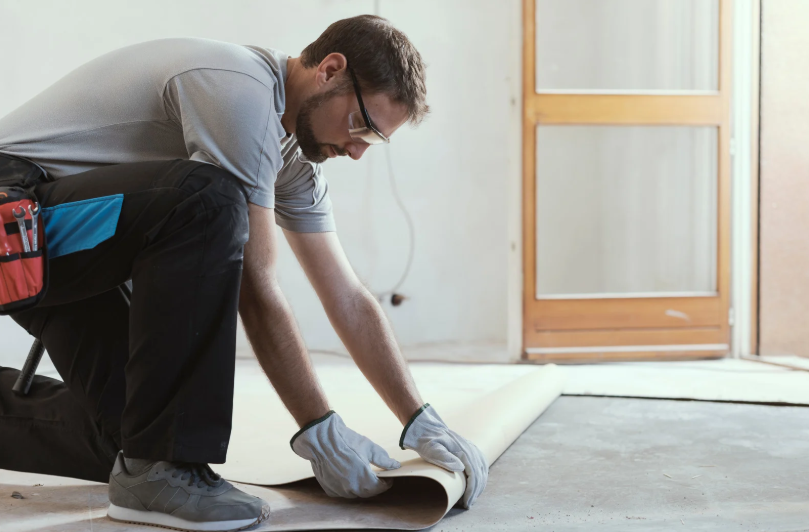
Types of Flooring Removal
Each type of flooring material requires a different approach to removal. Let’s break down the most common flooring materials you might encounter during a home renovation project:
- Hardwood Flooring: Hardwood flooring offers timeless appeal but can be tricky to remove, especially if it's glued or nailed down. Removing hardwood floors often involves using specialized equipment to avoid damaging the subfloor. A professional will ensure that the removal process is done correctly, leaving behind a clean surface ready for installation.
- Tile Flooring: Tile removal is often more labor-intensive due to the tough, cemented nature of most tile installations. Removing tile flooring requires breaking up the tiles and scraping away any remaining adhesive, which can be a daunting task for an untrained person. It's crucial to approach this with caution, as improperly removing tiles can result in damage to the subfloor.
- Carpet Flooring: Carpet removal is one of the easiest types of flooring to replace. However, it still requires a careful approach to remove staples, nails, or adhesives that might be left behind on the subfloor. Professional carpet removal ensures that the subfloor is ready for the next layer of flooring, whether it's hardwood, laminate, or tile.
- Laminate Flooring: While laminate flooring can be removed easily by someone with the right tools, the task is still tedious. Laminate floors often lock together, meaning it requires a certain technique to safely detach the panels without damaging the material. Professional removal ensures the process goes smoothly, with minimal disruption.
The Benefits of Professional Flooring Removal
Opting for professional flooring removal offers several significant benefits that DIY methods may not provide. First and foremost, professionals have the right tools and equipment to handle a variety of flooring materials like hardwood, tile, laminate, and carpet. They are equipped with specialized tools that can safely and efficiently remove old flooring without causing harm to the subfloor or surrounding areas. Additionally, professionals have the experience needed to identify any potential underlying issues, such as water damage, mold, or pest infestations, which could otherwise go unnoticed.
With proper training and safety protocols in place, professional teams minimize risks such as injury or property damage during the removal process. Beyond the technical aspects, they are well-versed in the appropriate disposal methods, ensuring that the old flooring materials are disposed of in an eco-friendly manner, meeting local waste management standards. All in all, professional flooring removal is not only quicker and safer but also more thorough, ensuring that your home is prepped for a seamless flooring installation.
How Flooring Removal Improves the Longevity of New Finishes
Proper flooring removal is a crucial step in ensuring the longevity and durability of your new finishes. When you replace your floors, it’s essential to start with a clean, level subfloor that’s free from debris, adhesive, or remnants of old materials. A smooth surface allows for better adhesion of new flooring materials such as tile, hardwood, or laminate, which directly contributes to the stability and durability of your new floors. If the previous flooring is not removed properly, it can create uneven surfaces or leave old adhesives and moisture behind, which can compromise the integrity of the new flooring.
For instance, hardwood floors may warp or buckle if installed over an unprepared subfloor. Furthermore, flooring removal allows you to address potential moisture issues or structural problems that might be hidden beneath the old materials. Taking the time to properly remove the old floors ensures that your new finishes not only look great but also perform optimally for many years, saving you from costly repairs or replacements in the future.
The Role of Flooring Removal in Renovation Success
Flooring removal is a critical part of any home renovation or remodeling project. It serves as the foundation for ensuring that new floors are installed properly, which in turn contributes to the overall success of the renovation. Not only does it allow for a fresh start with a clean slate, but it also helps to uncover underlying issues in the subfloor that could otherwise be overlooked. This allows homeowners and contractors to address any issues before proceeding with the new finishes.
Whether you're installing hardwood floors, tiles, or carpeting, the right removal process ensures that the new materials will adhere correctly, function as intended, and last for years to come. Removing old flooring can also give you an opportunity to upgrade subflooring materials, replace damaged areas, and address any hidden issues that could lead to costly repairs later.
The Impact of Flooring Removal on Home Value
While flooring removal is often thought of as a preparatory task for new finishes, it can have a significant impact on the overall value of your home. Installing new, high-quality flooring can significantly increase your home’s appeal to potential buyers. However, ensuring that the installation is done correctly begins with the removal of old, worn-out flooring.
In some cases, outdated or damaged floors may diminish your home’s value. Carpet that is heavily stained, hardwood that is warped, or tile that is cracked can make your home feel less inviting and lower its appeal. By removing these old floors, you open the door to installing modern, stylish options that align with current design trends, which can have a direct impact on the overall marketability of your home.
Additionally, taking the time to remove old flooring and properly prepare the subfloor demonstrates attention to detail and professionalism—qualities that can be particularly appealing to potential buyers. Whether you’re planning to sell soon or simply want to enjoy a more updated and functional space, proper flooring removal helps you achieve these goals.
Subfloor Issues and How Flooring Removal Helps
One of the main reasons why flooring removal is so crucial is that it allows you to examine the condition of your subfloor. A subfloor is the layer beneath your finished flooring that provides structural support. If your current flooring has been in place for a long time, it's possible that the subfloor could be damaged by moisture, pests, or other factors.
For example, water damage caused by leaks, moisture buildup, or flooding may have compromised the integrity of the subfloor, leading to issues such as warping, mold, or rot. If left unaddressed, these issues can undermine the effectiveness of your new flooring, leading to future problems like uneven surfaces, buckling, or even structural damage.
Conclusion
Flooring removal is not just a messy, time-consuming process; it’s an essential first step in any home renovation project that lays the foundation for successful new finishes. Whether you’re upgrading your floors for aesthetic reasons or making necessary repairs, the proper removal of old flooring materials ensures a clean, level surface ready for new installations. The advantages of professional flooring removal go beyond just convenience—they include safety, efficiency, and the assurance that your new floors will last longer and perform better. Professionals are equipped with the right tools, expertise, and experience to handle different types of flooring and dispose of materials responsibly, all while minimizing disruption to your daily life.
If you’re planning to replace or update your floors, trust the experts at Lasso & Load Junk Removal in Gwinnett Co to manage the job efficiently. With years of experience and the right equipment, their team ensures a seamless and stress-free flooring removal process. Don’t tackle this task alone—let them help you achieve the beautiful, durable floors you’ve been dreaming of. For more details or to schedule your flooring removal service, contact Lasso & Load Junk Removal at 404-227-2017 or via email at Lauren.renwickk@gmail.com today!
